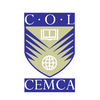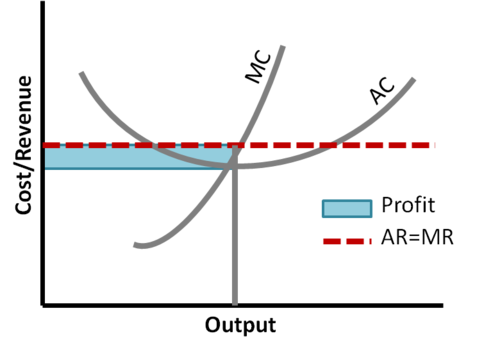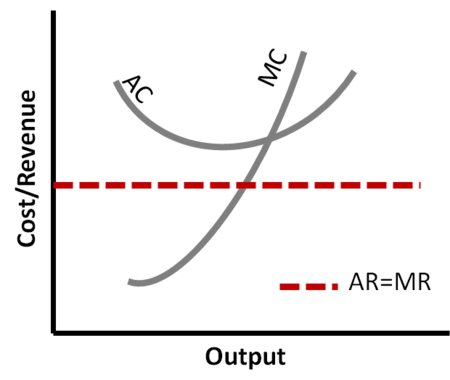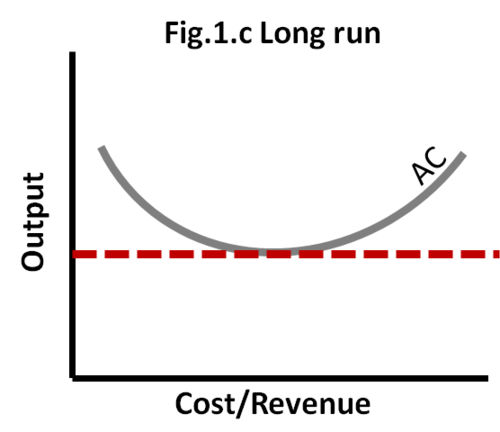Perfect competition
MICROECONOMICS
Dr.Mrs.Sadhana Phadnis. ICLEs' Motilal Jhunjhunwala College, Vashi Navi Mumbai
Perfect Competition

|
Perfect Competition |

|
Introduction |
After the discussions on the behaviour of consumers, demand analysis, cost and production, we have to study the market structure of an economy. Market refers to a place or location where a product, is exchanged for money between sellers and buyers. The market structure comprises of perfect competition, monopoly, monopolistic competition, oligopoly and duopoly. Depending on the type of the market a producer may be a price taker, price maker or price leader or follower. Let us discuss the meaning and the features of perfect competition.
| Definitions |
A perfectly competitive market is one in which the number of buyers and sellers is very large, all engaged in buying and selling homogeneous product without any artificial restrictions and possessing perfect knowledge of market at a time. In the words of Joan Robinson,” perfect competition prevails when the demand for the output of each producer is perfectly elastic. This entails, first that the number of seller is large so that the output of any one seller is negligibly small compared to total output of the commodity, and second, that buyers are alike in respect of their choice of rival sellers, so that the market is perfect.” A market becomes perfectly competitive when following conditions are fulfilled.
For simplified version of perfect competition click here [[1]]
| Characteristics |
Pure Competition
- A large number of buyers and sellers: both buyers and sellers are in a large number, so that individually neither buyer nor seller is in a position to influence the price. Influence of an individual buyer or seller is absolutely insignificant. They will have to accept the price established it the market. A single seller cannot increase the price. If he increases, he will have no buyers for the product. The buyers cannot bargain for a lower price, as there are enough buyers at the prevailing price.
- Homogeneous commodity: A commodity sold in the market is homogeneous, that is, identical in quality and size. A difference of any type would provide an excuse for the seller to charge a higher price. When goods are homogeneous there is no possibility of charging a higher price by any seller under the pretext of qualitative or quantitative differences.
- Free entry and exit: There is no restriction on any producer to produce a commodity and sell it in the market. The firms are free to enter or exit the market. New firms enter the industry when excess profits are earned by the industry. Some firms may leave when loss is sustained by the industry.
Fulfilling these three conditions make the competition pure and to make it perfect following conditions need to be fulfilled.
Perfect Competition
- Complete market information: This condition implies close contact between buyers and sellers. Both of them possess complete knowledge about the prices at which goods are being bought and sold, and the prices at which others are prepared to buy or sell. They have perfect knowledge of the place where the transactions are being carried on. This condition forces the sellers to sell the product at the prevailing market price and buyers to buy at that price.
- Perfect mobility of factors of production: goods are free to move to those places where they can fetch the highest price. Factors can also move from a low paid to a high paid industry. Factors are assumed to be freely mobile geographically and occupationally. It helps to adjust supply according to demand.
- No transport cost: From the place of production to the market factors of production and goods are transported without any cost. This condition is essential for the existence of perfect competition which requires that a commodity must have the same price everywhere at any time. If transport costs are added to the price of the product, even a homogeneous commodity will have different prices depending upon transport costs from the place of supply.
Under the above conditions, for a particular commodity there can be only a uniform price throughout the market.
Perfect competition is often distinguished from pure competition, but they differ only in degree.
According to Chamberlin, pure competition means “competition allowed with monopoly elements,” whereas perfect competition involves “perfections in many respects than in the absence of monopoly.”
The practical importance of perfect competition is not much in the present times as few markets are perfectly competitive except those for staple food products and raw materials. The study of perfect competition helps us in understanding the working of the economy, where competitive behaviour leads to the best allocation of resources and the most efficient organisation of production.
Equilibrium of the firm and industry
Conditions of equilibrium of the firm:
A firm is in equilibrium when it has no tendency to change its level of output. It needs neither expansion nor contraction. It is earning maximum profits in equilibrium by equating its marginal cost with marginal revenue. For fulfilling the condition of maximum profits, another essential condition is that the marginal cost must be less than the marginal revenue before it equals the latter. And after the point of equality, the marginal cost must exceed the marginal revenue. Diagrammatically it means that the MC curve must cut the MR curve from below ad after the point of equilibrium it must be above the latter. Under conditions of perfect competition, the MR curve of a firm coincides with its AR curve. The MR curve is horizontal to the X axis. Therefore, the firm is in equilibrium when MC=MR=AR (price)
Conditions of equilibrium of the industry:
An industry is in equilibrium firstly when there is no tendency for the firms either to leave or enter the industry, and secondly, when each firm is also in equilibrium. The first condition implies that the average cost curves coincide with the average revenue curve of all the firms in the industry. They are earning only normal profits, which are supposed to be included in the average cost curves of the firms. The second condition implies the equality of MC and MR. Under a perfectly competitive industry these two conditions must be satisfied at the point of equilibrium, i.e. MC=MR and AC =AR since AR=MR, MC=AC=AR. Such a situation represents full equilibrium of the industry.
| Short run equilibrium |
(A) Short run equilibrium of Firm and Industry:
Equilibrium analysis under identical costs leads to a situation where at any given time all the firms will be in a particular position i.e. all the firms will be operating either with excess profits or normal profits or losses. When a firm incurs loss, again all the firms will have the same amount of loss. In reality the firms do not operate with identical cost. Each firm differs in its cost since the real factor market is imperfect. Among the firms, those which are more efficient will have low cost and the least efficient, the higher cost. Accordingly, profits would differ from firm to firm.
| Long run equilibrium |
| Economic region of production |

|
Activity |
| Write your activity here | |
| Example: {{{Example}}} |
|

|
Self-Assessment Questions (SAQs) {{{n}}} |
| Self Assessment Questions on Perfect Competition | |

|
Results |
Summary:
In perfect competition, there is large number of buyers and sellers, products are homogeneous, there are no barriers to enter and exit, buyers and sellers have perfect knowledge about the market conditions and there is perfect mobility of resources and there is absence of transportation cost.
Supply and demand forces determine the price of a commodity. Short run equilibrium of a firm is based on the total revenue and total cost as well as marginal revenue and marginal cost. Firms in an industry try to maximise their profits by adjusting the output to a level where MC=MR.
Long run equilibrium plays a crucial role in deciding the existence of the firm. Profits earned by the firms would attract others to enter the industry and with the entry of new firms there will be a shift in the short run industry supply curve to the right until it intersects with the market demand curve at the price at which all firms make zero economic profits. It is then that the industry will be in equilibrium.

|
Key Terms |

|
References and Bibliography |
Dominick Salvatore (Fifth Edition)

|
Further Readings |
</quiz>






